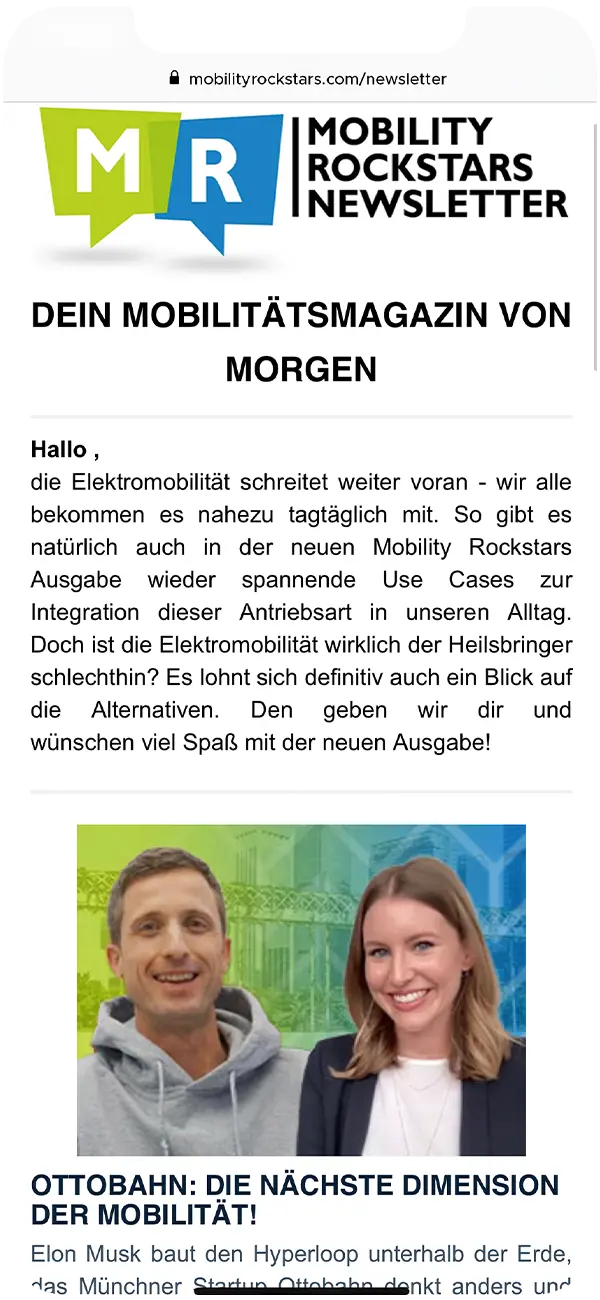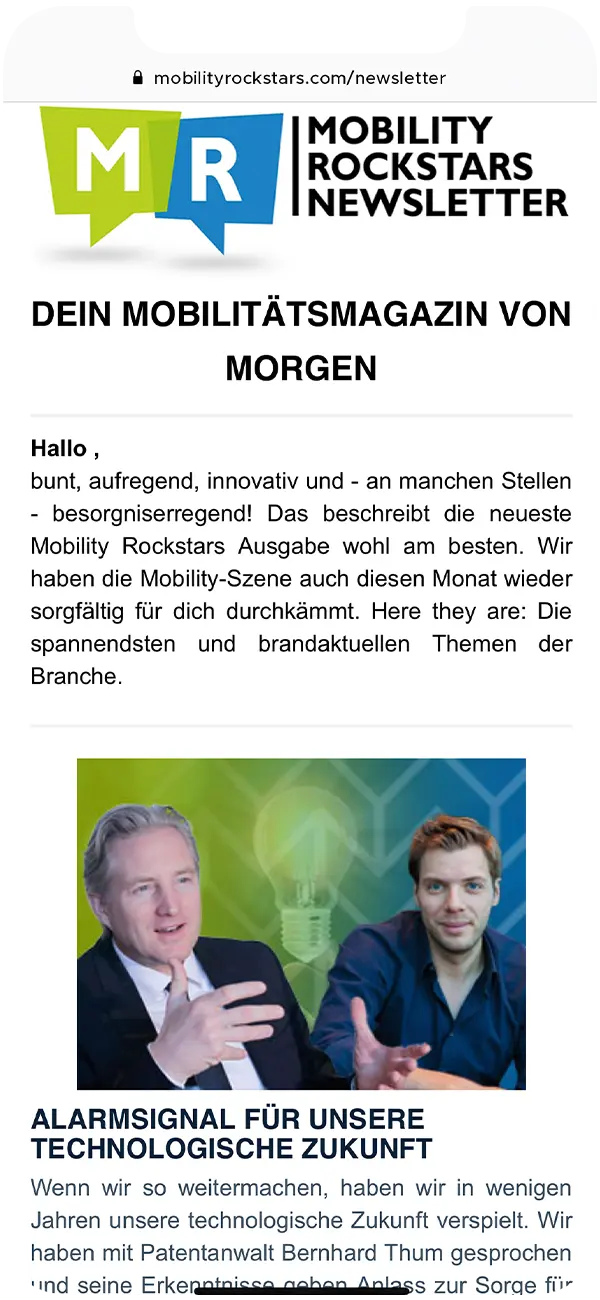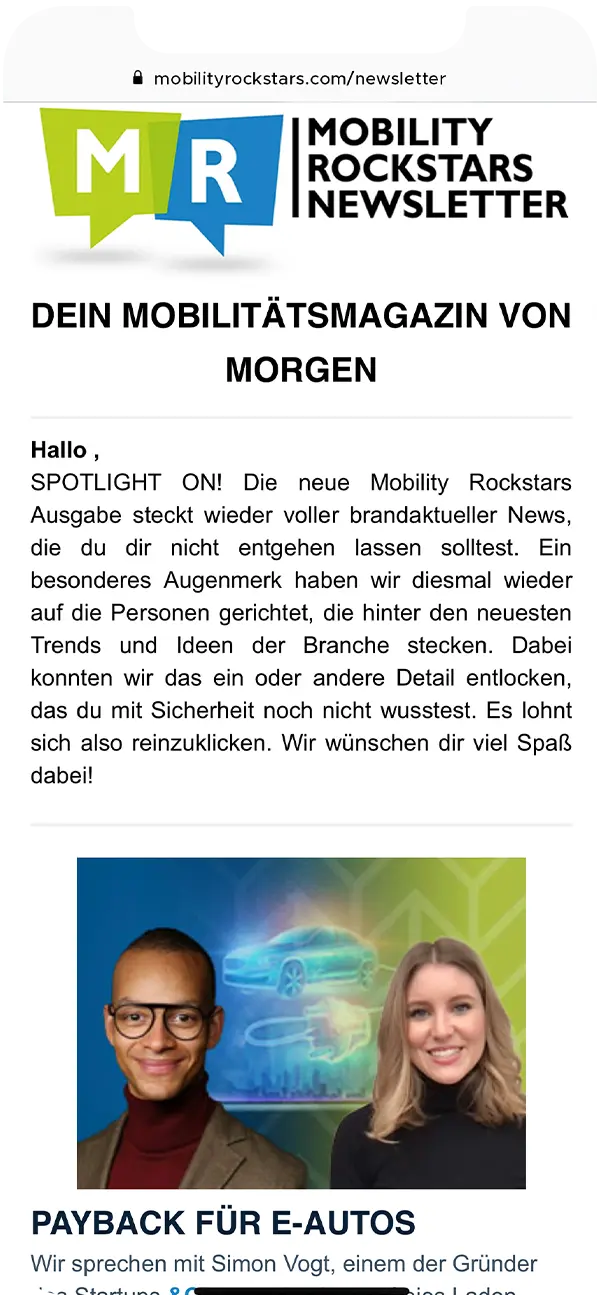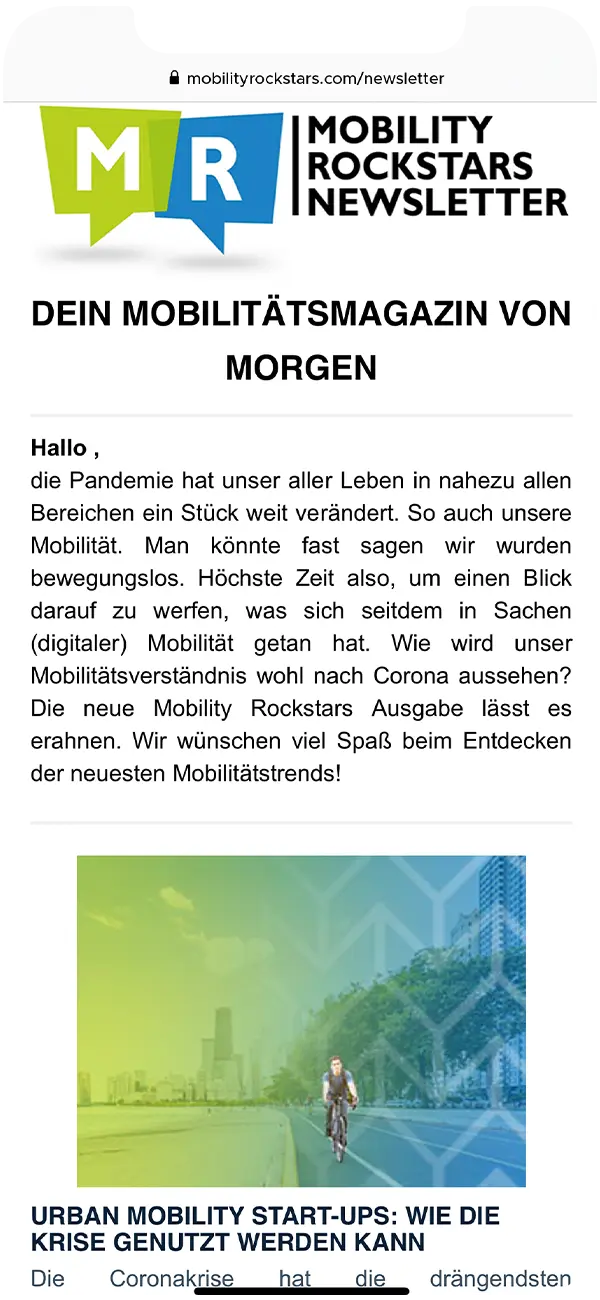Machine Learning Hackathon: Mobility Rockstars take first place
This year, the first Machine Learning Hackathon on the part of automaker BMW took place on Dec. 14-15, 2021. BMW has been one of Cognizant Mobility's customers for quite some time, but that was not to play a role this time: Invitations were issued to companies with expertise in the field of machine learning, and the invitations were issued by a different department - so here the Mobility Rockstars were simply allowed to be Machine Learning Rockstars and take part in the hackathon. We'll report on how it all goes down and what tasks our team mastered in this special competition to ultimately come away with a well-deserved first place!

Marc
Marketing Professional
23.12.21
Ca. 7 min
Machine Learning Hackathon – The Task
On the morning of the first day of the competition, the task was announced by BMW in a kick-off session and challenged the grey cells of the three-member Cognizant Mobility team and their fellow competitors. The task was explained in detail before the data was released afterwards. The context of the task to be mastered was: cooling the vehicle interior by means of the MAX/AC button (i.e. a rapid lowering of the temperature in the interior). For this purpose, 3,000 data sets were made available, which, in addition to the course of the temperature, also contained information on the number of vehicle occupants, the window and air-conditioning settings, and other bits of information. Based on this, the time course of temperature should be predicted for unknown cases. A nice task, which our innovative Machine Learning team took on with pleasure.
The questions and processes of the Machine Learning Hackathon
Two Q&A sessions were held to clarify questions and procedures. After an initial data review, our team quickly realized that the task was only a time series problem in appearance. In reality, the temporal temperature course was aptly describable with a few parameters. Different modeling approaches for a machine learning solution were discussed and implemented in a rapid prototyping process. Late in the day on the first day, it was finally determined that a class of multilayer neural networks could almost perfectly predict the course they were looking for. The second day was dedicated to the integration of all successful approaches into a “presentable” solution. This also involved linking the model’s predictive capabilities to potential use cases for BMW. In doing so, the team outlined a “cool me down” algorithm that could cool down a vehicle parked in the sweltering summer heat in an energy-saving, time- and temperature-point accurate manner, even before the driver gets in.

BMW Machine Learning Hackathon: Day 2
Whether the (presumably) best model trained on the basis of the data provided actually worked could only be checked around noon on the second day using the validation data sets then released. As in “real life”, the data were still available without the unknown, “future” temperature curve. The participating teams had to upload their predictions for a total of 100 scenarios by a deadline. It wasn’t until half an hour before the final pitch session that all the information, including the “resolution,” was released. Shortly before the pitch session it was clear: the model is good!
At the final round, the five-member BMW jury evaluated the performance of the total of eight participating company teams – including both large and well-known IT service providers from the industry as well as dedicated data science consulting firms – along the criteria: complete data loading and pre-processing, data exploration, model training, model result and presentation. Our team had achieved a top score on the target metric(mean-squared error) for model evaluation required by the hackathon organizers. While some other teams achieved scores in the low two or single digits, our score was well below 0.01, putting us in a top tier of a few teams that had best solved the machine learning problem.
Scoring and victory at the Machine Learning Hackathon
It was not least the captivating presentation at the final presentation on Wednesday afternoon that then gave the Cognizant Mobility team the victory. In true Hackerthon fashion, our team accepted the organizers’ offer to present directly from a Jupyter notebook. Glossy slides and stylish graphs, as presented by the competition, were NOT the deciding factor in the end, but teamwork, commitment and many good ideas. Great job! We are already looking forward to the next challenge!
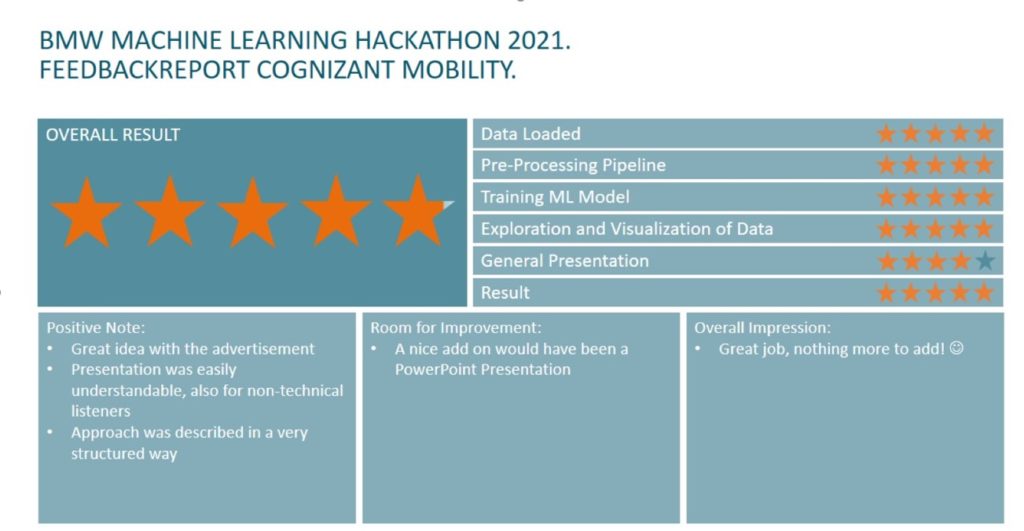
For us, after this great result, it is not only the fun we had with the task at hand that remains in our memories: the genuine, productive teamwork was also convincing and was the true key to the joint success. A nice experience that continues to encourage us in our approaches so far.
If you would like to learn more about machine learning, artificial intelligence and other exciting topics from the fields of data science, cloud IT and other mobility topics, we recommend our articles on identity storage or the first solutions in the field of medical technology.
You can learn more about Cognizant Mobility, both as a partner and employer, at the following link, and right below this sentence the next articles are already waiting for you – enjoy!




